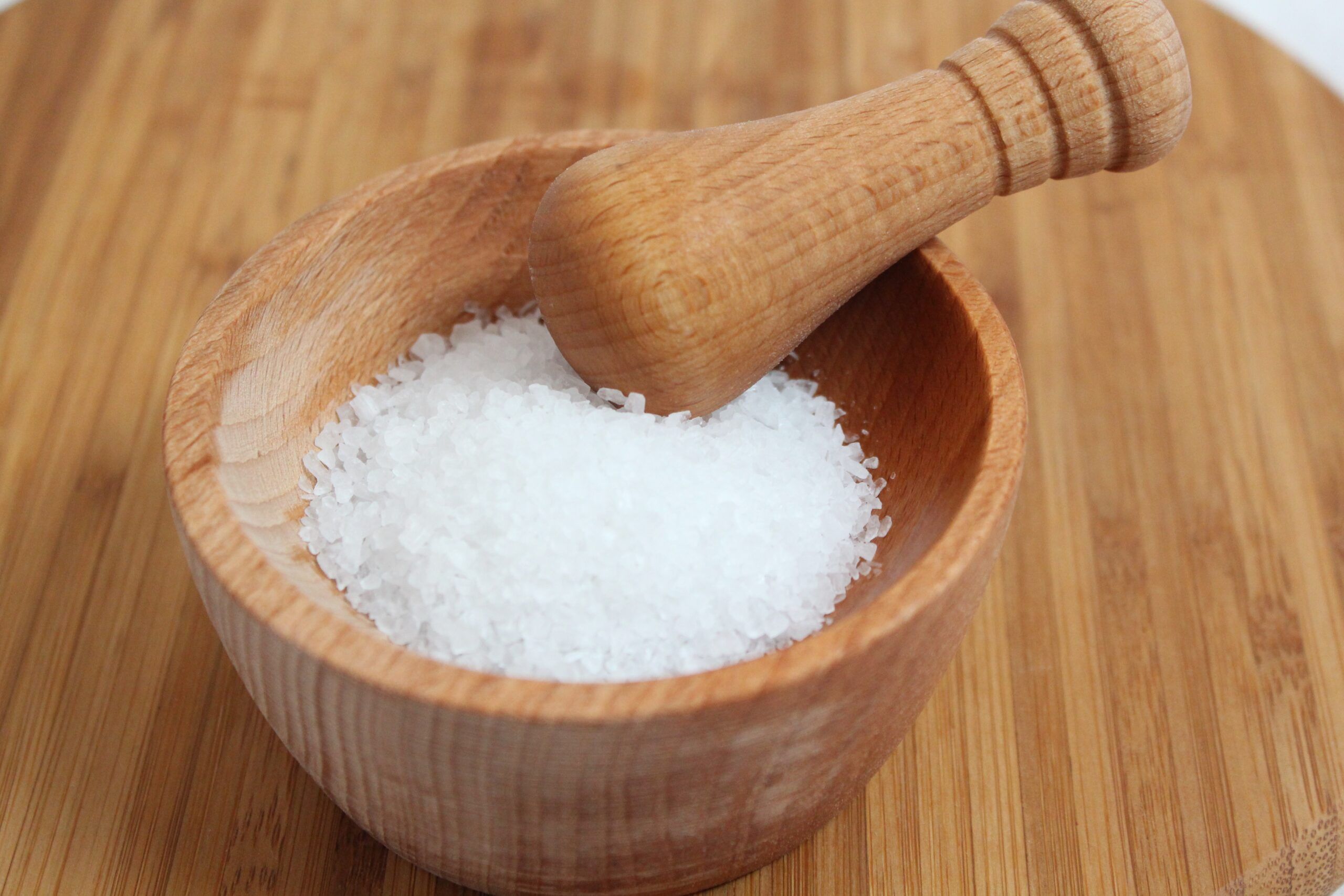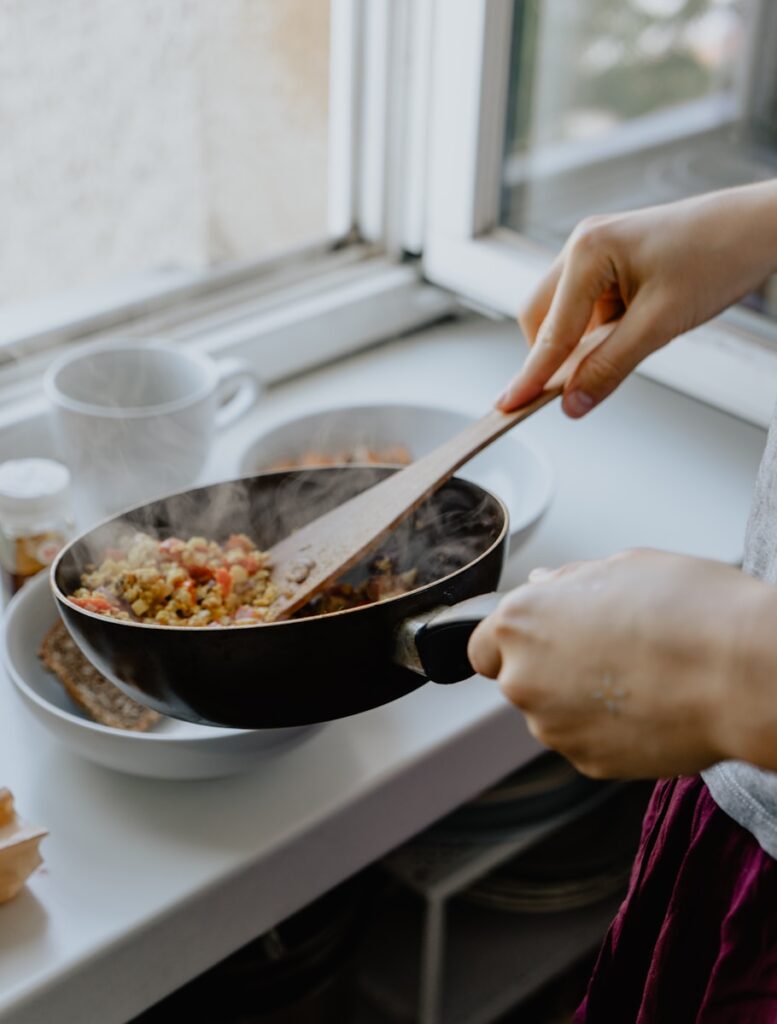
The art of cooking brings immense joy, from the fragrant aroma of a simmering stew to the satisfying crunch of a perfectly baked cookie. Yet, even for seasoned home cooks, the kitchen can sometimes feel like a minefield of potential pitfalls. That moment when a dish you’ve poured your effort into falls short, whether it’s too salty, lumpy, or burnt, is undeniably frustrating.
Small missteps, often overlooked, can dramatically impact your meal’s flavor, texture, and overall timing. A simple oversight can transform what should be a delightful culinary experience into a disappointing one. Understanding these common errors is the first crucial step toward consistently achieving the delicious results you crave.
This guide is designed to empower you, providing clear, actionable insights into overcoming frequent kitchen blunders. We’ll delve into fundamental mistakes that can ruin your dishes, equipping you with practical solutions to turn potential culinary mishaps into triumphs. Get ready to elevate your cooking game and confidently tackle any recipe!
1. **Adding too much salt**: The insidious creep of too much salt is a common culinary pitfall. It’s not merely about taste; an excess of sodium makes you thirsty and is genuinely unhealthy in large quantities. This seemingly minor misstep can overpower other flavors, rendering an entire dish unpleasantly strong and, frankly, inedible.
Many home cooks fall into this trap by adding salt at the beginning of the cooking process and then again without sufficient tasting. The immediate impact is a dish that’s excessively salty, masking subtle nuances and leaving a lingering unpleasantness on the palate. It’s a widespread issue that makes even perfectly cooked ingredients fall flat.
The fix is simple yet crucial for balanced seasoning: adopt a “sprinkle and taste” approach. Add a little sprinkle of salt as you cook your food, and pause frequently to taste it. This iterative process allows you to know precisely when you’ve added the right amount, ensuring a perfectly seasoned and enjoyable meal every single time.
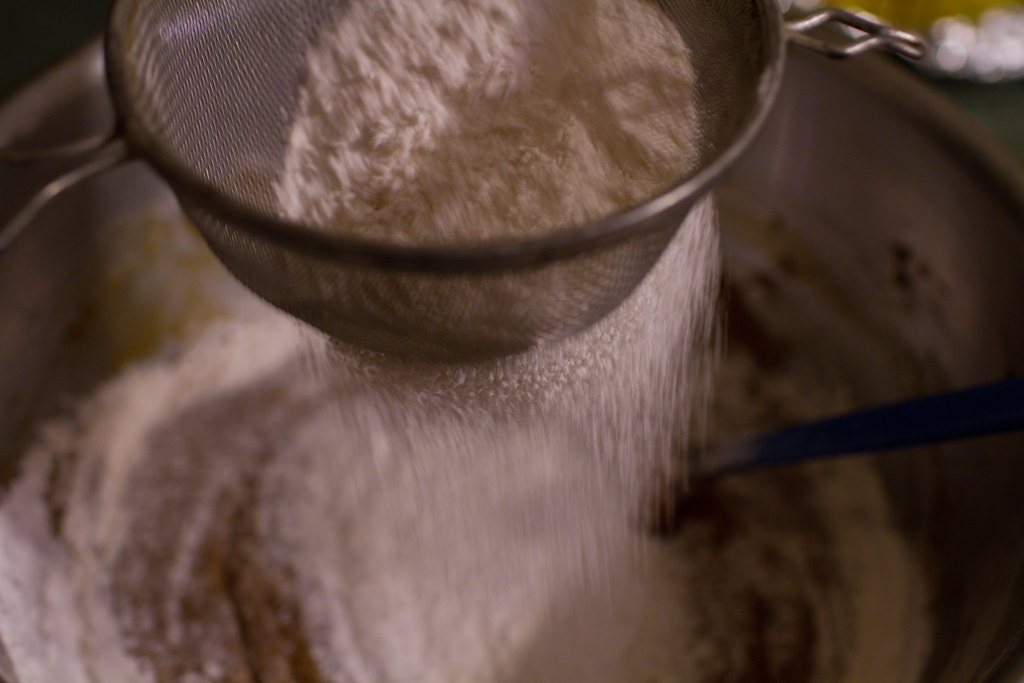
2. **Not sifting the flour**: Un-sifted flour is a frequent culprit behind lumpy gravies and sauces, a problem that frustrates many home cooks. These unsightly clumps not only mar the visual appeal of your dish but also create an unpleasant, uneven texture that can ruin the entire eating experience. It’s a foundational preparation step that is often mistakenly overlooked.
When flour isn’t sifted, it tends to compact, forming small aggregates that are difficult for liquids to integrate smoothly. This leads to frustrating pockets of dry flour in your otherwise creamy concoctions. The result is a gravy that lacks silkiness or a sauce that feels amateurish, impacting the overall quality and enjoyment of your meal.
If you find your sauce plagued with lumps, don’t despair—there’s an effective and easy fix. Simply transfer the lumpy mixture into a blender and process it until it reaches a smooth, uniform consistency. This quick kitchen “hack” can rescue your dish, ensuring a velvety texture that truly enhances your culinary creation without any hassle.
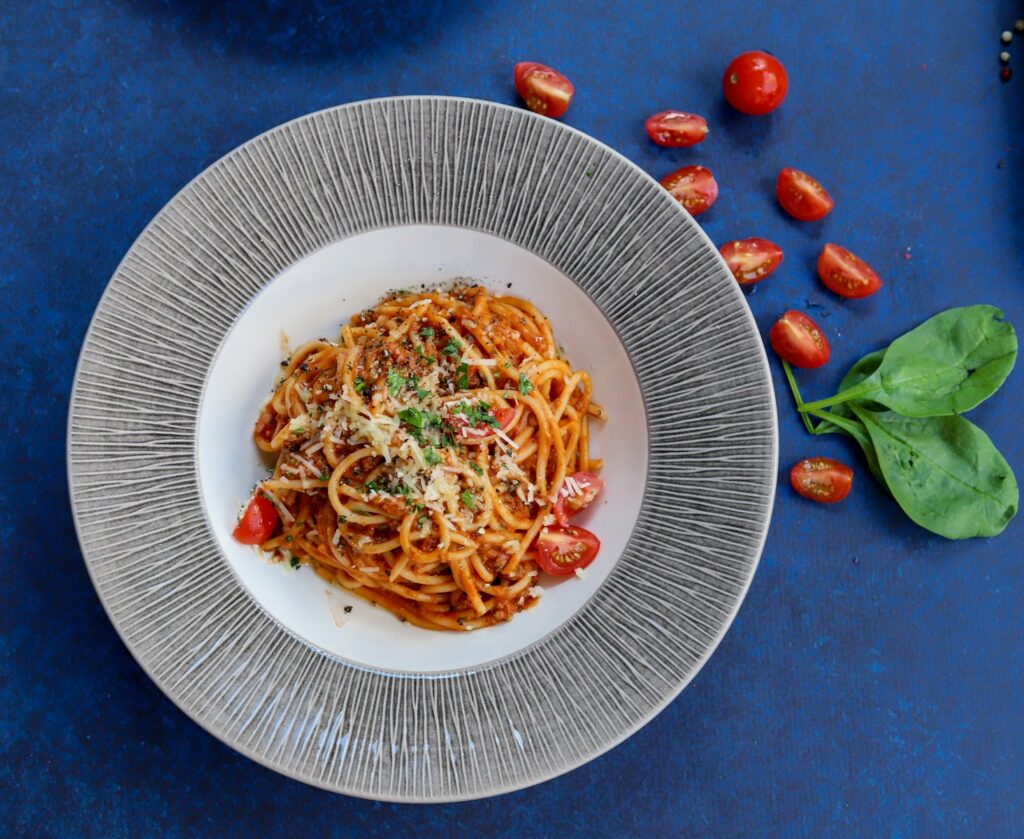
3. **Overcooking pasta**: Nothing quite ruins a pasta dish like mushy, overcooked noodles, a common culinary tragedy. That ideal al dente bite, which provides satisfying resistance, is replaced by a soft, unappealing texture that makes for a deeply disappointing meal. It’s a widespread problem that often leaves home cooks wondering where they went wrong.
Overcooking pasta occurs when the noodles spend too much time in boiling water, causing their starch to break down excessively. This leads to a significant loss of structural integrity, transforming firm strands into a regrettable, soft mass. The impact isn’t just textural; it fundamentally affects how the pasta holds sauce and the overall enjoyment of the dish.
If you realize your pasta has boiled a little too long, act quickly to salvage it: run it under cold water for a few minutes. This sudden shock of cold water stops the cooking process immediately and contracts the starch, helping to restore some of its desired firmness. When you add your sauce, the pasta will warm up again. If the pasta is truly beyond repair, repurpose it creatively into a minestrone or chicken noodle soup, where a softer texture is perfectly acceptable and often even preferred.
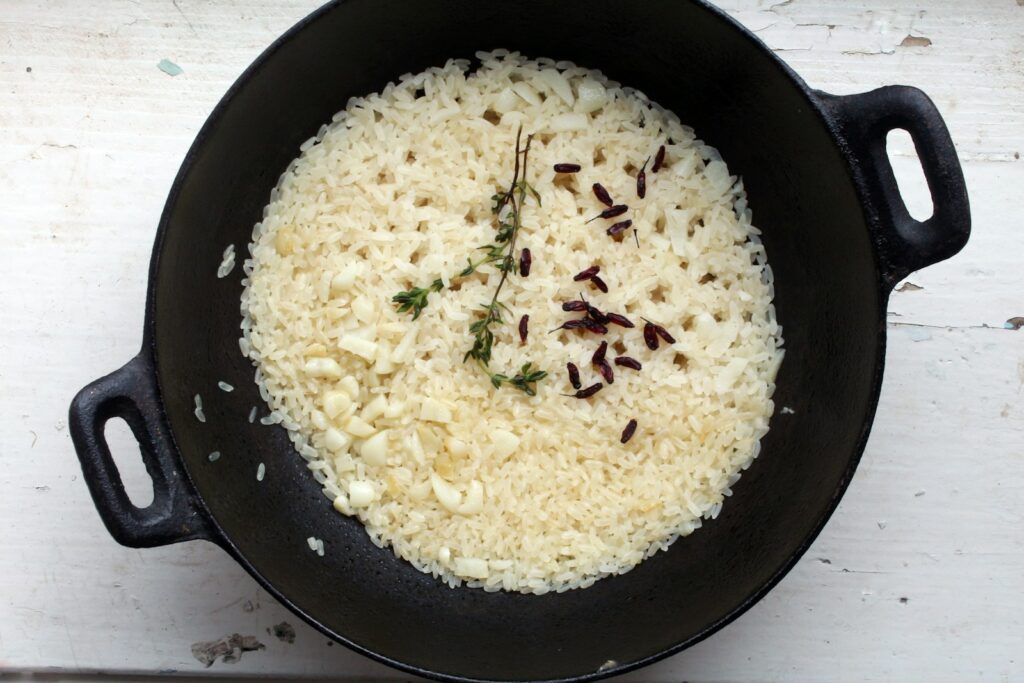
4. **Adding too much water to rice**: Ending up with soggy, gluey rice is a common frustration that can undermine an otherwise delicious meal. Instead of fluffy, separate grains that are a pleasure to eat, you’re left with an unappetizing, sticky mass that lacks the desired texture. It’s a widespread issue for many aspiring and experienced home cooks alike.
The primary culprit behind soggy rice is typically an imbalanced rice-to-water ratio, where an excess of liquid prevents the grains from cooking evenly and absorbing all the moisture. This leads to rice that is waterlogged, dense, and unappealing. The ideal light and fluffy texture becomes compromised, and the individual flavors of the rice grains are often lost in the dampness.
Don’t let soggy rice send you into a culinary tailspin—your meal isn’t entirely ruined! Instead, embrace creativity and repurpose it effectively. You can add some cooked shrimp or meat to the overly moist rice, form the mixture into small balls, and then fry them for a crispy, savory snack. Alternatively, wrap these rice balls in wontons and steam them for a different, equally delicious preparation. It’s a clever, practical way to turn a cooking mistake into a surprisingly new and delightful dish.
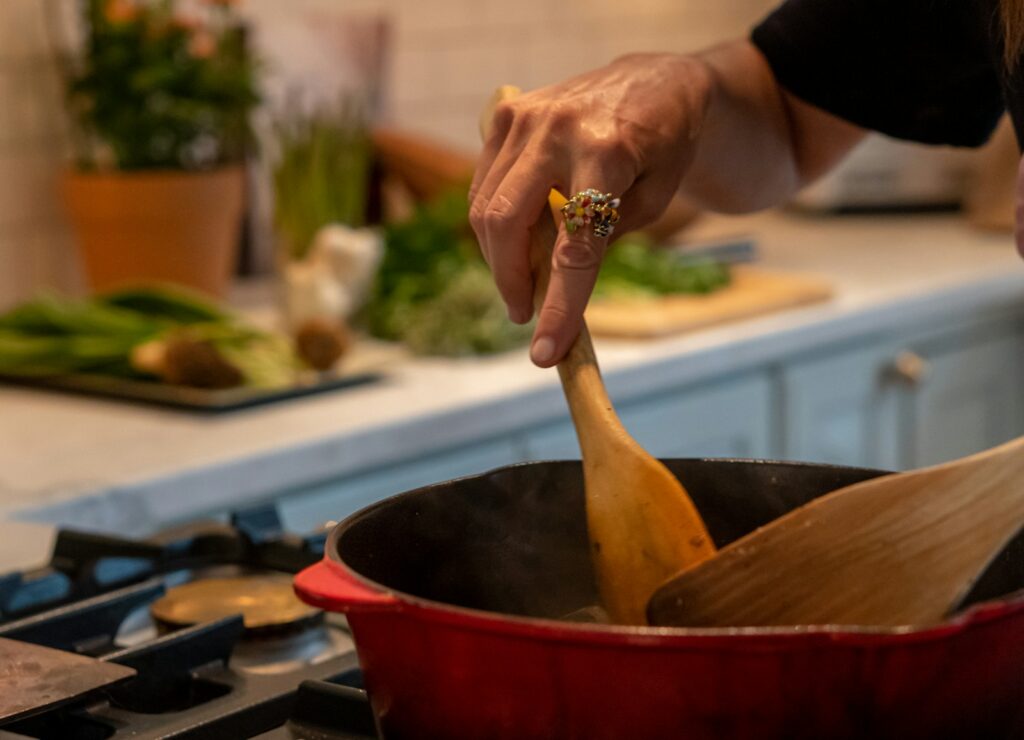
5. **Forgetting to stir**: Forgetting to stir your stew, soup, or any dish simmering on the stove is a surefire way to end up with a burnt, blackened bottom. This scorching not only wastes valuable food but also infuses the entire dish with a bitter, acrid taste that’s incredibly difficult, if not impossible, to mask. It’s a basic oversight with major, regrettable consequences.
Heat concentrates intensely at the bottom of the pan, and without regular stirring, food particles settle and eventually stick and burn. This creates a crust of charred material that then permeates and contaminates the rest of your meal. The longer it goes unstirred, the deeper the burnt flavor penetrates, quickly rendering the entire pot inedible and a culinary loss.
The moment you detect that tell-tale burnt smell or observe blackness at the bottom of your pan, you must act with extreme speed. Immediately transfer the unburnt portion of your dish to a clean pan. Be exceptionally careful not to scrape the bottom, as even a small amount of burnt residue can spoil the entire batch. Quick action is absolutely essential to save your stew and preserve its intended, delicious flavor profile.
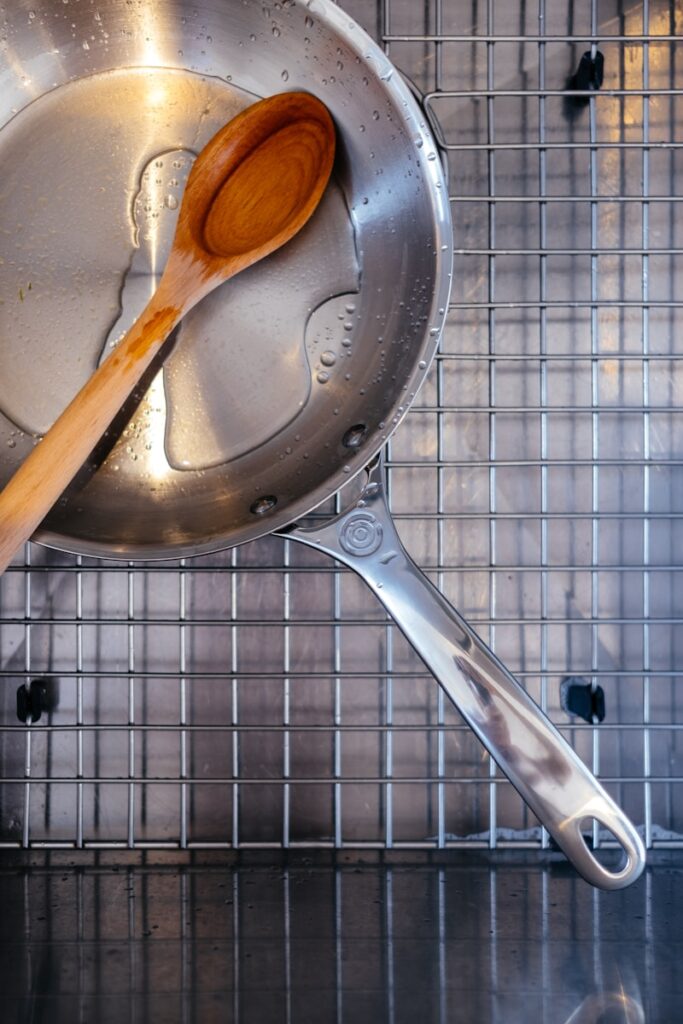
6. **Not greasing the cake pan**: The excitement of baking a beautiful cake can quickly transform into utter despair if you overlook the crucial step of greasing the cake pan. Instead of a smooth, effortless release, you’re often left with a crumbly, broken mess when you attempt to take your masterpiece out of the oven. This fundamental oversight leads to a deeply disappointing presentation.
Without a greased barrier, the cake batter adheres directly and firmly to the pan’s surface during the baking process. This strong adhesion makes it virtually impossible for the cake to easily slide out and onto a cooling rack without tearing or breaking apart. The unfortunate result is not just aesthetic; it profoundly affects the cake’s structural integrity, making it incredibly difficult to frost or serve neatly.
While prevention is undeniably key—always remember to grease your pan thoroughly!—if disaster strikes and your cake crumbles, don’t immediately give up hope. If you’re feeling particularly crafty, you can often attempt to “glue” the broken pieces of the cake back together using frosting. A generous and strategically applied layer of frosting can frequently conceal imperfections and create a surprisingly presentable dessert, effectively turning a potential baking fail into a tasty triumph.
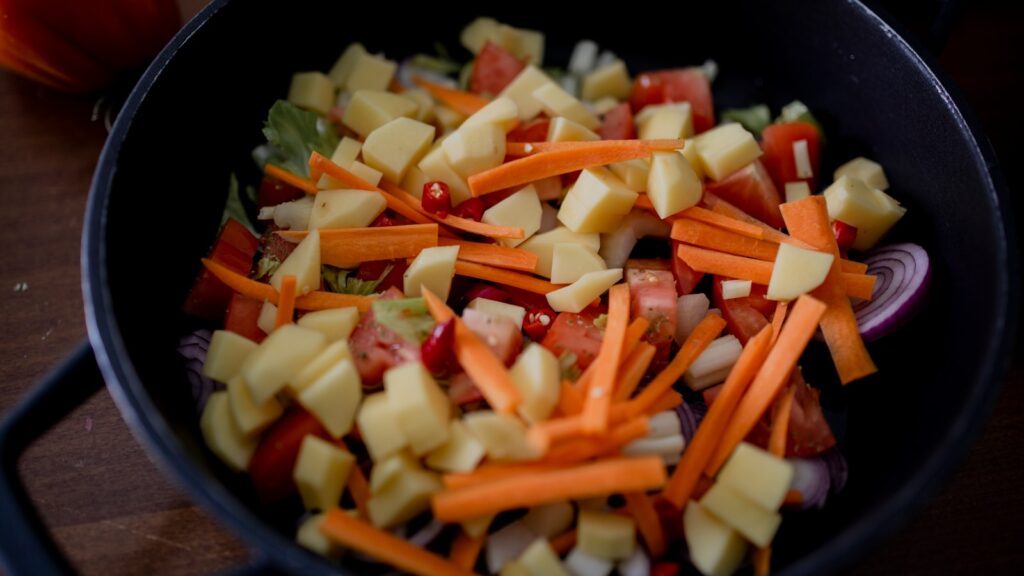
8. **Overcooking veggies**: There’s nothing quite as disheartening as serving up vegetables that are dry, bland, and utterly devoid of their vibrant texture. This common misstep often occurs when vegetables are left on the heat for too long, losing their natural moisture and fresh appeal. What was meant to be a crisp, colorful addition to your meal can quickly turn into a mushy, unappetizing pile.
Overcooked vegetables not only become unpleasantly soft but also shed vital nutrients and their distinct flavors. Instead of contributing a delightful crunch or a subtle sweetness, they become a textural disappointment that can weigh down an otherwise well-prepared dish. It’s a subtle yet significant error that impacts both taste and visual appeal.
If you find your vegetables have accidentally gone past their prime, don’t despair! There’s a clever hack to bring them back from the brink: immediately cool them in ice water to halt the cooking process. Then, for serving, briefly reheat them in hot stock. This quick rescue mission can make them edible again, restoring some moisture and flavor, saving your side dish from utter ruin.
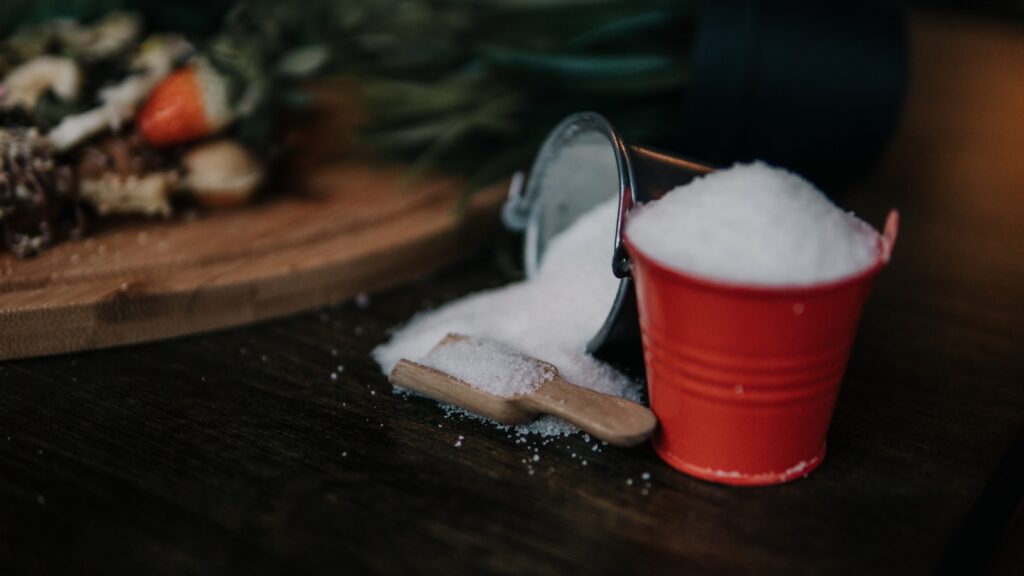
8. **Adding too much sugar**: While a touch of sweetness can elevate a dessert, an excessive amount of sugar is a common culinary mistake that goes beyond just taste. It can transform what should be a balanced, delightful treat into an overwhelmingly sweet and, quite frankly, unhealthy concoction. This pitfall is easy to fall into, especially when following recipes that might not align with your preferred sweetness level or when trying to compensate for other flavors.
Beyond simply cloying the palate, an overload of sugar can disrupt the delicate balance of flavors in your dish, masking subtle notes and leaving a one-dimensional sweetness. Furthermore, from a health perspective, adding too much sugar can negate the benefits of otherwise wholesome ingredients, contributing to an overall unhealthier meal.
For those with a sweet tooth looking to cut back on added sugars without sacrificing flavor, consider pivoting towards fruit-centric desserts. Fruits naturally offer delightful sweetness alongside a wealth of nutrients, allowing you to enjoy a satisfying dessert that’s both delicious and healthier. It’s a simple shift that can make a big difference for your well-being and palate.

